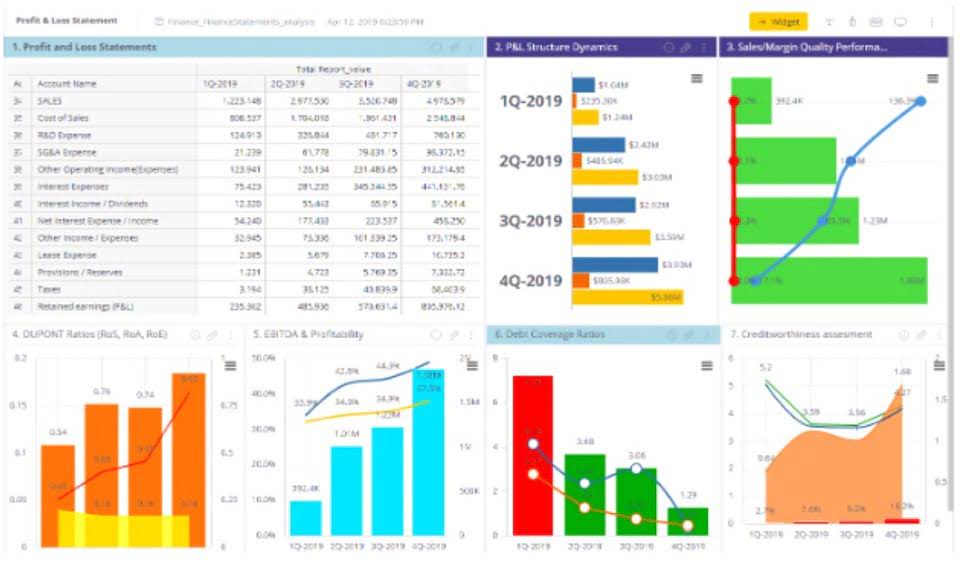
Finally, the entry increases the Gain on Sale account to reflect the gain on sale. After ensuring that the carrying amount of an asset is current, the second step is the business must determine if the asset has sold at a gain, at a loss, or at book value. This is determined by comparing the asset’s carrying how to record disposal of assets amount to the proceeds from the asset’s sale, if any. When the proceeds exceed the carrying amount, a gain on disposal is recognised. When the carrying amount exceeds the proceeds, a loss on disposal is recognised. When an asset is sold, the business must account for its depreciation up to the date of sale.
A common mistake is to think that the NCA, in this instance truck, should be decreased by its carrying amount of $35000. It is important to remember that NCA are recorded and maintained at costs (as discussed in Section 7.1) and thus the balance in the truck account is $65000 prior to disposal. The entry also decreases the truck’s accumulated depreciation by $30000 to eliminate the account. The entry increases the cash account by $30000 to reflect the proceeds (asset) received from selling the truck.
Income Statement
Accounting also helps identify the tax impact to ensure compliance with tax regulations and accurately report any tax liabilities or benefits. Gains are reflected as an addition to the net operating income, and losses are reflected as a subtraction to the net operating income in the balance sheet. Some examples of disposing of an asset are sales, scrapping, or donations.

In this case, the accumulated depreciation has been used up to its salvage value. Evaluating the disposal value of an asset with depreciation will involve more steps than an asset that does not depreciate. To determine what price one should sell their asset for, one must first determine the asset’s accumulated depreciation. Overall trustworthy accounting provides reliability in financial reporting, helping stakeholders understand the financial impact of the disposal on the company’s performance. Accounting goes hand in hand with asset disposal because it ensures accuracy in the reports and compliance with applicable regulations and disclosure requirements. When done correctly, the disposal of an asset will result in its removal from its books.
Why is Asset Disposal important?
The truck’s book value is $7,000, but nothing is received for it if it is discarded. This journal entry will remove the $20,000 cost of the equipment as well as its accumulated depreciation of $16,000 from the balance sheet. And at the same time, it will recognize the $500 gain on disposal of fixed asset as the other revenues on the income statement during the accounting period. Any remaining difference between the two is recognized as either a gain or a loss.

The asset disposal results in a direct effect on the company’s financial statements. In all scenarios, this affects the balance sheet by removing a capital asset. Alternatively, if the cash proceeds are less than the net book value of the fixed asset, we will receive a loss on the fixed asset disposal. Following these steps will help ensure accuracy when recording the journal entry for the disposal of a fixed asset in your books. If asset disposal proceeds are less than its carrying amount, the loss on disposal is realized, which will then be recorded in the general journal.
Asset Disposal for No Proceeds at a Loss
If the disposal of fixed assets results in a gain or loss, we credit Gain on Sale of Fixed Assets or debit Loss on Sale of Fixed Assets. The gain or loss is the difference between the sales price of the assets less the book value of the fixed asset. Book value is the original cost of the asset less accumulated depreciation. The overall concept for the accounting for asset disposals is to reverse both the recorded cost of the fixed asset and the corresponding amount of accumulated depreciation.
- On July 1, Good Deal sells the equipment for $900 in cash and reports the resulting $180 loss on sale of equipment on its income statement.
- Recording the disposal of assets is very important for any organization.
- No salvage value is not always a bad thing, it just means that you have used the asset up to its complete use and you no longer have a purpose for it.
- Let’s consider the following example to analyze the different situations that require an asset disposal.
- The equipment will be disposed of (discarded, sold, or traded in) on 4/1 in the fourth year, which is three months after the last annual adjusting entry was journalized.
And this gain on disposal of fixed asset account is usually reported under the other revenues section of the income statement. The disposal of long term assets should be carried out in a careful and controlled manner to ensure https://www.bookstime.com/ that the business realizes the best possible return on its investment. Furthermore once the sale of the fixed assets has been completed, the business must account for the proceeds from the sale in its financial statements.
Generally this involves reducing the value of the fixed asset on the balance sheet and recognizing any gain or loss on the income statement. When a business disposes of fixed assets it must remove the original cost and the accumulated depreciation to the date of disposal from the accounting records. A disposal can occur when the asset is scrapped and written off, sold for a profit to give a gain on disposal, or sold for a loss to give a loss on disposal. When there are no proceeds from the sale of a fixed asset and the asset is fully depreciated, debit all accumulated depreciation and credit the fixed asset. The truck is not worth anything, and nothing is received for it when it is discarded. Both account balances above must be set to zero to reflect the fact that the company no longer owns the truck.

